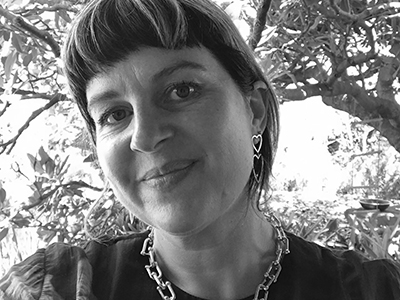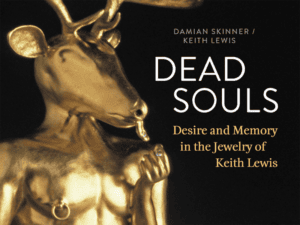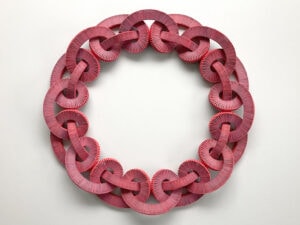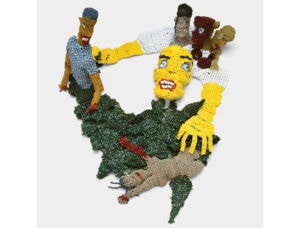The Joyaviva exhibition at RMIT Gallery features objects, jewelry, film projection and related printed materials all under the inclusive moniker of ‘Live Jewellery from across the Pacific.’ However it is much more than a discrete thematic exhibition of contemporary wearables by 23 artists from Australia, Chile and New Zealand. It is part of a larger Joyaviva project that spans the physical realm through exhibitions, as well as various online networks and intimate dialogues between makers and wearers alike. The project boasts a website and a growing archive of participants’ stories. This archive takes the form of commentary, articles, blogs and tweets about aspects of contemporary jewelry and design and is compiled from participant contributions that include jewelers, academics, critics, viewers and readers. After its first iteration at RMIT Gallery in Melbourne the exhibition will continue to tour to UTS Gallery in Sydney, Objectspace in Auckland and venues in Santiago and Valparaiso in Chile, Bolivia and Mexico City.
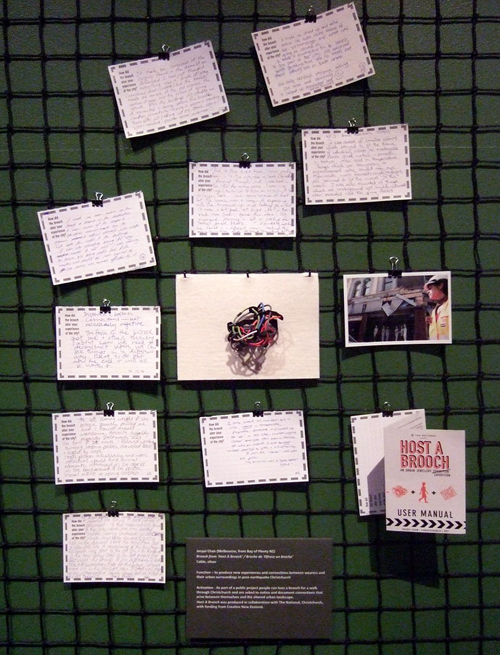
It is evident from the catalog essay and further articles on the website, that Joyaviva coincides with and follows the rise of ethical and sustainable evolutions within contemporary jewelry and the sphere of art more broadly. It is also perhaps this aspect that explains the project’s association with the Ethical Design Laboratory at RMIT. Within the immediate context of contemporary jewelry this ethical dimension would include the growth of industry initiatives and organizations such as the Fairtrade and Fairmined hallmark for gold in the United Kingdom, the United States’ and Canadian greenKarat and Oro Verde in Colombia. In many ways Joyaviva seems to advocate a particular type of slow jewelry movement. Slow jewelry in this sense relates to current sustainable and ethical trends that are evident more broadly in the field of craft; in particular efforts to reclaim the processes of production and to revive concerns of self-sufficiency and sustainability. These ideas are explored in recent times by American author and sociologist Richard Sennet in his 2008 book The Craftsman and by American writer and research fellow at the Institute for Advanced Studies in Culture at the University of Virginia, Matthew Crawford in his 2009 texts The Case for Working with Your Hands or Why Office Work is Bad for Us and Fixing Things Feels Good and Shop Class as Soulcraft.
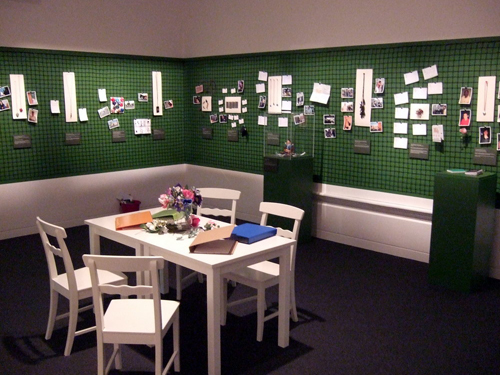
The works brought together for the Joyaviva exhibition at RMIT gallery share this emphasis on ideas of liveness and social design and for the most part, a scale appropriate to be worn on or adorn the body. This is however, where the consensus between objects in the exhibition ends, as there is no cohesive aesthetic across the number of featured artworks. There is however consistency within the exhibition’s display as most objects are attached to sections of cream felt and hung on the wall at equidistant points around the room. The walls have been painted a dark green and covered with a black fabric mesh grid. Individual pieces are interposed with notes, photographs, wall labels and fake flowers. The exhibition design also includes a wall projection of documentary video footage from the associated projects and a table and chairs in the center of the room that provide a research space to sit with folders of compiled information about the artists and their creations.
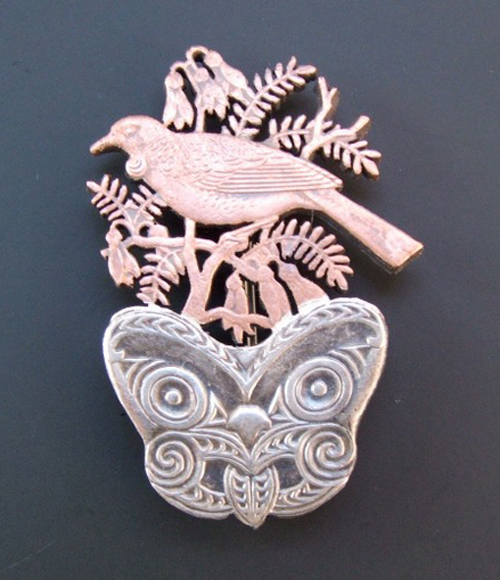

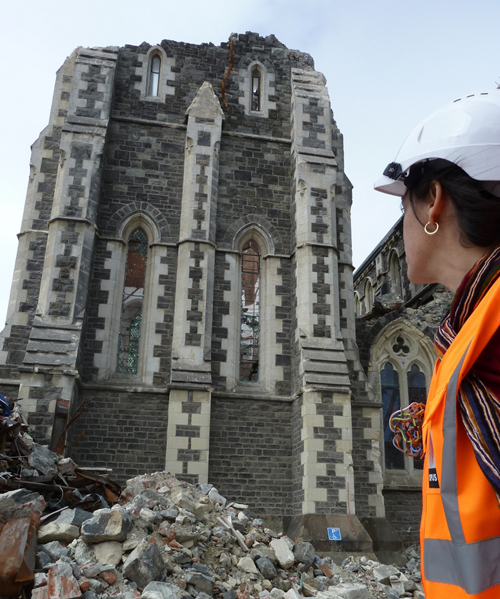
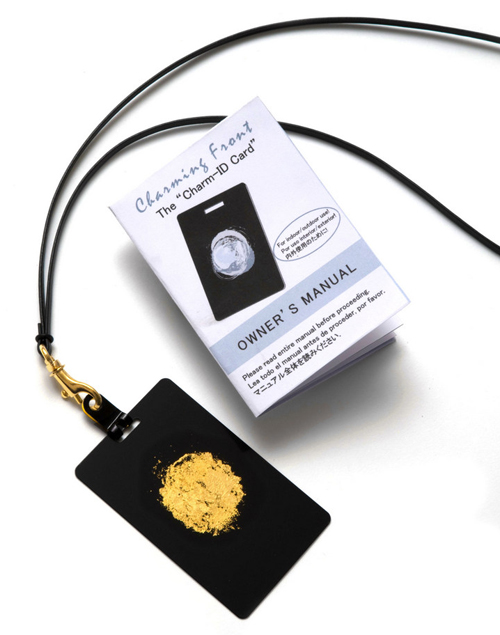
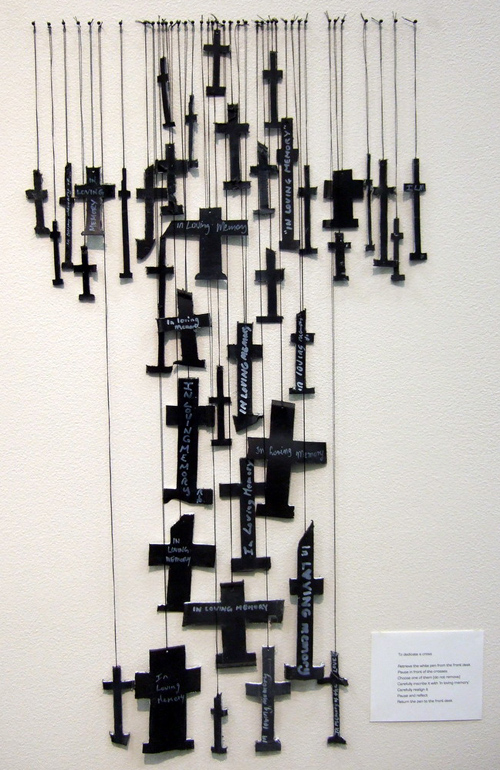
Very much like relational artworks from the 1990s and beyond, such as works by French visual artists Sophie Calle or Pierre Huyghe, Joyaviva relies heavily on principles of communication, activation and participation. In fact, Joyaviva explores, through the field of jewelry, many of the ideas outlined by French curator and art critic Nicolas Bourriaud in Relational Aesthetics (Les presses du réel, 2002). Similar to Murray’s concerns regarding the current technocratic context of contemporary jewelry, Bourriaud notes that these days, ‘communications are plunging into monitored areas that divide the social bond up into (quite) distinct areas’ (Bourriaud, 8) and continues to suggest that the ‘social bond has turned into artefact.’ (Bourriaud, 9) Many of Bourriaud’s essays explore the work of artists who seek alternative modes of representation, new ways to re-make relationships between people and artworks and new approaches to socials bonds. But as New York-based art historian and critic Claire Bishop and local academic Toni Ross have since acknowledged, despite high levels of social engagement, relation practices are not necessarily democratic. The field of jewelry is ideally placed, because of its inherent aspects of activation through adornment, to provide a commentary on relational concepts. To build and reveal social connections that may well be, for this moment antithetical to aesthetics of seduction.
Joyaviva the exhibition, much like the movement of artworks it promotes, requires time and patience in the exhibition experience. Initially, the viewer, embedded in the gallery space, cannot help feel somehow peripheral to these personal and intimate exchanges. In surveying some of the objects, despite the inclusion of video, photographs, notes and didactic panels, it is difficult to appreciate the complexity of these works and indeed the project itself, without at least some prior knowledge of Joyaviva’s intention and purpose.

But maybe this is the point of the Joyaviva exhibition; that as viewers we must sacrifice our current desire for a singular, unifying aesthetic approach in order to allow the space for other voices to emerge. In order to depart from the aesthetic of international contemporary jewelry – as defined by the field’s powerhouse exhibitions such as Schmuck, Munich’s jewelry galleries and European aestheticism – a shock may be exactly what is required here. This may also explain the lo-fi and provisional nature of the overall exhibition design. The Joyaviva exhibition will continue to tour to UTS Gallery in Sydney and other venues. In doing so, the artworks may find some breathing space that will allow for a sustained contemplation of individual pieces and for the depth and complexity of the Joyaviva project to emerge more naturally over time.
